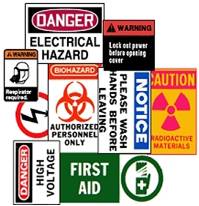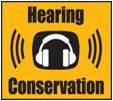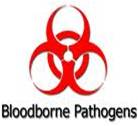Health and Safety Programs
-

Hazard Communications: CFR 1910.1200
This program ensures that the hazards of all chemicals produced or imported are evaluated, and that information concerning their hazards is transmitted to employees.
To be in compliance with the OSHA standard, the transmittal of information is to be accomplished by means of comprehensive hazard communication programs.
-

Hearing Conservation: 29 CFR 1910.95
OSHA’s Noise Exposure standard establishes a permissible exposure limit for occupational noise exposure and requirements for audiometric testing, hearing protection, and employee training.
Our hearing conservation program consists of a consultation to identify exisiting noise exposures, measure your noise exposure level against the OSHA permissible exposure limits and implementing the required training programs as necessary. An effective hearing conservation program, at a minimum, includes: noise monitoring, audiometric testing, hearing protection, education and annual training, record keeping.
-

Bloodborne Pathogens: 29 CFR 1910.1030
OSHA’s Boodborne Pathogens Standard protects employees who work in occupations where they are at risk of exposure to blood or other potentially infectious materials.
Our program consists of annual training and a formal written program that includes: exposure control plan, personal protective equipment, practices to prevent exposure, signs, labels and containers, emergency procedures and follow-up.
-

Drug –Free Workplace: California Lab Code 3600 (Supp. 2004)
The U.S. Department of Labor (DOL) recognizes that workplace alcohol and drug abuse creates significant safety and health hazards and can lead to decreased productivity and employee morale. Therefore, DOL’s Working Partners program encourages employers to develop drug-free workplace programs.

